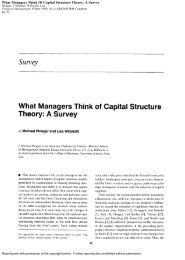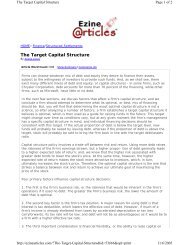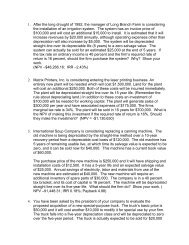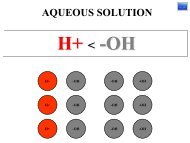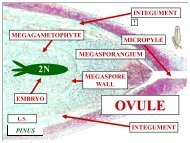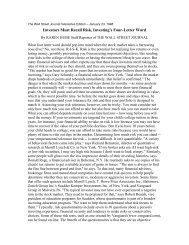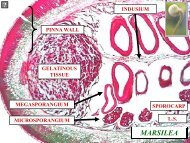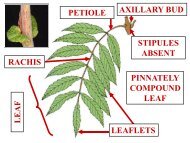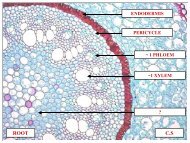Capital Budgeting Problem Set - Building The Pride
Capital Budgeting Problem Set - Building The Pride
Capital Budgeting Problem Set - Building The Pride
Create successful ePaper yourself
Turn your PDF publications into a flip-book with our unique Google optimized e-Paper software.
45. Although NPV and IRR give the same accept/reject decision they can often conflict when<br />
choosing between mutually exclusive projects. Why?<br />
46. International Soup Company is considering replacing a canning machine. <strong>The</strong> old<br />
machine is being depreciated by the straight-line method over a 10-year recovery period<br />
from a depreciable cost basis of $120,000. <strong>The</strong> old machine has 5 years of remaining<br />
usable live, at which time its salvage value is expected to be zero, and it can be sold now<br />
for $40,000. This machine has a current book value of $60,000.<br />
<strong>The</strong> purchase price of the new machine is $250,000 and it will have shipping and<br />
installation costs of $12,500. It has a 5-year life and an expected salvage value of<br />
$25,000. Annual savings of electricity, labor and materials from use of the new machine<br />
are estimated at $40,000. <strong>The</strong> new machine will require an additional inventory of spare<br />
parts of $30,000. <strong>The</strong> company is in a 40 percent tax bracket, and its cost of capital is 16<br />
percent. <strong>The</strong> machine will be depreciated straight line over its five-year life. What<br />
should the firm do? Show your work. ( NPV –91,448.31; IRR 0.18%; Payback 4.98)<br />
47. You have become very successful and are considering the purchase of a plane for your<br />
firm. <strong>The</strong> Piper model has an initial cost of $375,000, annual operating costs of $24,000<br />
and a salvage value of $150,000. Its estimated holding period is 7 years. <strong>The</strong> Cessna<br />
model has an initial cost of $325,000, but annual operating costs of $29,500 and an<br />
estimated salvage value of $100,000. Its estimated holding period is 8 years. Your cost<br />
of capital is fifteen percent. Ignoring depreciation and taxes, which model would be the<br />
best choice assuming they both would perform the required tasks?<br />
48. We project unit sales for a new household-use laser-guided cockroach search and destroy<br />
system (a joint venture of Lockheed and Aerojet) as follows:<br />
Year 1 53,000 units<br />
Year 2 65,000 units<br />
Year 3 76,000 units<br />
Year 4 86,000 units<br />
Year 5 86,000 units<br />
<strong>The</strong> new system will be priced to sell at $95 each. <strong>The</strong> cockroach eradicator project will<br />
require $585,000 in new working capital. <strong>The</strong> variable cost per unit is $60, and total fixed<br />
costs are $25,000 per year. <strong>The</strong> equipment necessary to begin production will cost a total<br />
of $6,500,000. This equipment can be depreciated straight-line over its useful life of five<br />
years. In five years it will actually be worth about 30 percent of its cost. <strong>The</strong> relevant tax<br />
rate is 34%, and required return is 20%. Based on these preliminary estimates, what is the<br />
NPV of the project? (NPV -$224,835.20)<br />
49. <strong>The</strong> Shadrach Corporation is thinking about replacing one of its large furnaces with a<br />
newer, more efficient model. <strong>The</strong> new model would cost $150,000, but would save<br />
$35,000 per year in fuel costs. <strong>The</strong> new model could be depreciated straight-line over its<br />
five year life to a salvage value of zero. <strong>The</strong> furnace could actually be sold for $45,000 at



